How many hikikomori are there?
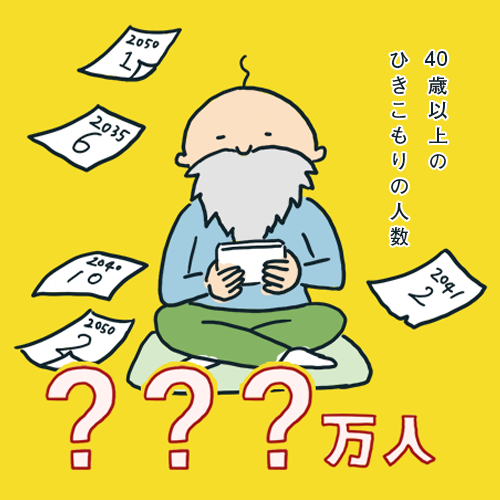
Unfortunately, nobody knows the true number of hikikomori (a person with acute social withdrawal).
In 2016, Japan’s Cabinet Office conducted a hikikomori survey, and estimated the number of hikikomori nationwide at 540,000. However, the survey covered only the 15-39 age groups living with family, excluding people living alone and aged over 40.
Also, the survey excluded patients with schizophrenia or physical illnesses, housewives (“house-husbands” as well), domestic helpers, and people involved in parenting. The hikikomori issue was perceived as only applying to young people.
However, some local governments surveyed the number of hikikomori including people aged 40 and over. The surveys by Yamagata Prefectural Government, Tokyo Metropolitan Government, and Shimane Prefectural Government showed that half of all hikikomori are people aged 40 and over who belong to the middle-aged or elderly groups.
As the reported number of middle-aged and elderly hikikomori is nearly the same as the 540,000 reported by the Cabinet Office, this makes the total number of hikikomori over 1 million.
In spite of the Cabinet Office survey’s 20 million yen cost, it is criticized due to not showing the true state of hikikomori. One of the circumstances of many middle-aged or elderly hikikomori is constant social withdrawal since their youth.
The longer they remain isolated from society, the more difficult it becomes for them to reintegrate. This makes the situation far more serious as the parents supporting the hikikomori begin to age.
When the time comes for the hikikomori to care for their parents, or when their parents pass away, their lives become more difficult to manage. In such cases, some may choose to receive public assistance, but in worst case scenarios, some hikikomori may starve to death.
In Japan, the hikikomori problem has been discussed for a long time, but according to the Cabinet Office survey in 2016, 70% of the 30-34 age group and 50% of the 35-39 age group have remained isolated from society for over 7 years. Therefore, once they withdraw from society, most of them cannot reintegrate.
As these groups age, the issue of middle-aged and elderly hikikomori is anticipated to exponentially grow even more. The hikikomori issue is not something that is immediately apparent; due to the negative response to their last survey, the Cabinet Office has decided to conduct a fresh survey which will cover the 40-59 age groups. The 2018 fiscal year budget has allocated 20 million yen to conduct the new survey.
The longer they continue their social withdrawal, the more serious the problem becomes. More accurate surveys are needed, and it is time to consider creating an environment to help those who have withdrawn from society to be able to reintegrate into it.
(Translated by Hitoshi Shimomura)




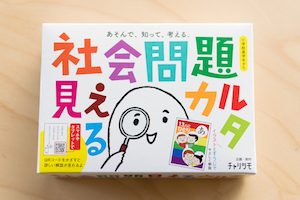
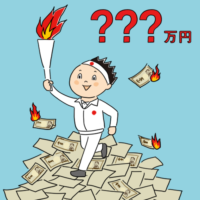
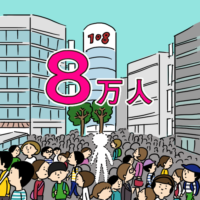
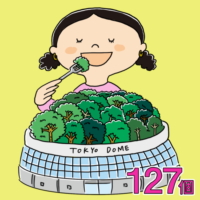
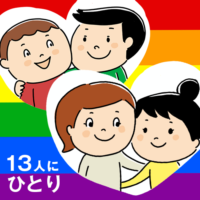

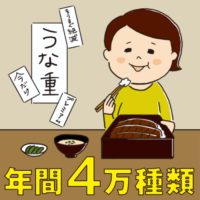
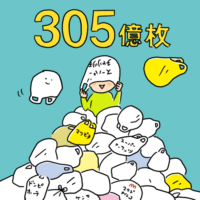

 お仕事実績
お仕事実績